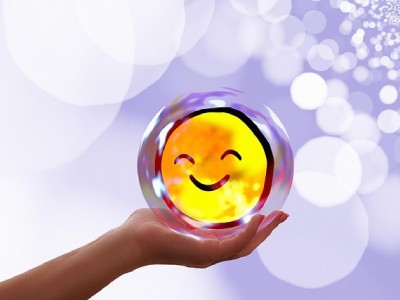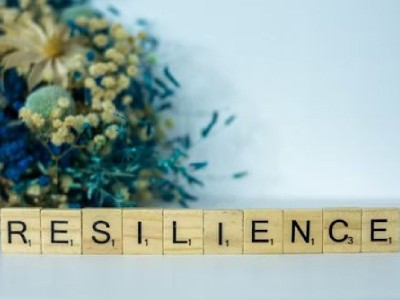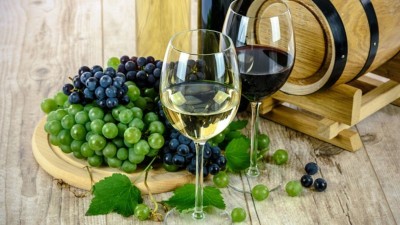Traditional vs. Modern Lifestyle: Understanding the Shift

The tapestry of human life is constantly being rewoven, with threads of tradition and modernity forming intricate and often contrasting patterns. Lifestyle has always reflected how people live, think, and interact with their surroundings. In Nepal, as in many parts of the world, the transition from traditional ways of living to a modern lifestyle is both profound and ongoing. Rapid globalization, technological advancement, and urbanization have reshaped our daily lives, influencing everything from social values to personal choices. Many often wonder: what truly distinguishes traditional lifestyles from modern ones? Exploring these differences not only helps us appreciate our cultural roots but also guides us in adapting to the evolving needs of the present and future.
The Pace of Life:
- Traditional: Life in traditional societies often revolved around the rhythms of nature and established social customs. The pace was generally slower, dictated by agricultural seasons, religious festivals, and community gatherings. Time was often measured by the rising and setting of the sun, and interactions were deeply personal and face-to-face.
- Modern: The modern lifestyle is characterized by speed and efficiency. Technology drives a relentless pace, with information and communication happening instantaneously. Schedules are often packed, and multitasking is a common necessity. While this can lead to increased productivity and opportunities, it can also contribute to stress and a feeling of being constantly rushed.
Community and Relationships:
- Traditional: Strong community bonds were the cornerstone of traditional life. Extended families often lived together, and social support networks were tightly knit. Decisions were frequently made collectively, and a strong sense of belonging and mutual responsibility prevailed.
- Modern: While modern society offers diverse opportunities for connection, relationships can sometimes be more individualistic and geographically dispersed. Technology facilitates communication across distances, but face-to-face interactions may be less frequent. While individual freedom and choice in relationships are valued, social isolation can be a challenge for some.
Technology and Innovation:
- Traditional: Technological advancements in traditional societies were gradual and often centered around practical tools for agriculture, craftsmanship, and basic necessities. Knowledge was typically passed down through generations, and innovation occurred at a more measured pace.
- Modern: Technology is the defining feature of modern life. Rapid innovation in fields like communication, transportation, medicine, and information technology has transformed nearly every aspect of human existence. This has led to unprecedented levels of convenience, access to information, and advancements in healthcare, but also raises questions about dependence on technology and its potential impact on human connection and the environment.
Economy and Livelihood:
- Traditional: Traditional economies were often agrarian-based, with livelihoods closely tied to the land and natural resources. Bartering and local trade were common, and economic activities were often integrated with social and cultural practices.
- Modern: Modern economies are typically more diversified, with a greater emphasis on manufacturing, services, and technology. Global markets and monetary systems dominate, offering opportunities for specialization and economic growth, but also potential for inequality and economic instability.
Values and Beliefs:
- Traditional: Traditional societies often placed a strong emphasis on collective values, respect for elders and authority, and adherence to established customs and religious beliefs. Social roles were often more defined, and individual aspirations were often secondary to the well-being of the community.
- Modern: Modern societies tend to prioritize individual autonomy, personal achievement, and freedom of expression. While traditional values may still hold significance, there is often greater diversity in beliefs and lifestyles. Critical thinking and questioning of established norms are often encouraged.
Education and Knowledge:
- Traditional: Education in traditional societies was often informal, passed down through family, apprenticeship, and oral tradition. Knowledge was primarily practical and geared towards the skills needed for daily life and cultural practices.
- Modern: Formal education systems are a hallmark of modern life, with structured curricula and standardized testing. Access to information and diverse fields of knowledge has expanded exponentially through books, the internet, and various media. Lifelong learning and continuous adaptation to new information are increasingly important.
Healthcare:
- Traditional: Traditional healthcare practices often relied on herbal remedies, spiritual healing, and the knowledge of local healers. Access to healthcare could be limited by geography and resources.
- Modern: Modern medicine has made significant advancements in preventing and treating diseases, leading to increased life expectancy. Hospitals, clinics, and trained medical professionals provide a wide range of healthcare services, although access and affordability remain challenges in many parts of the world.
Embracing Balance Between Tradition and Modernity
The shift from traditional to modern lifestyles is not merely a change in habits but a reflection of how societies evolve with time. While modern living has introduced us to convenience, advanced technology, and global opportunities, traditional ways continue to remind us of the value of simplicity, community, and harmony with nature. Both lifestyles carry unique strengths and limitations, but rather than viewing them in opposition, it is wiser to see them as complementary.
By adopting the innovations of modern life while preserving the wisdom of tradition, we can create a balanced way of living, one that nurtures progress without disconnecting from our cultural and natural roots. Ultimately, blending the best of both worlds paves the way for a healthier, happier, and more sustainable future.

Eat Well, Live Well: Nutrition Basics for a Better You

Stress Less, Live More: A Guide to Mental Wellness

Your Path to Wellness: Simple Habits for a Healthier Life






-1745569762.jpg)
-1745569762.jpg)
-1745569769.jpg)
-1745569771.jpg)